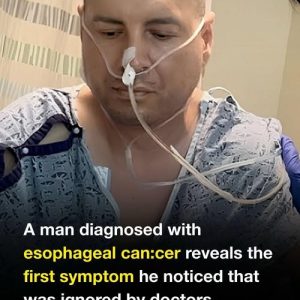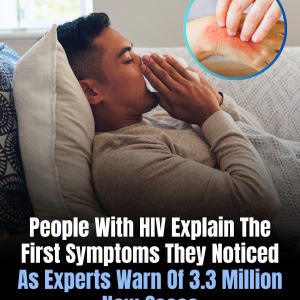Cancer: Why Early Detection Saves Lives
Sudden changes in the skin—like new moles, dark patches, or rough spots—can be easy to overlook, but some may signal skin cancer. It’s one of the most common cancers globally, with over 1.5 million new cases diagnosed each year. Fortunately, it’s also one of the most treatable, especially when caught early.
The three primary types of skin cancer are:
-
Basal Cell Carcinoma (BCC) – usually appears as a shiny bump or scaly area. It grows slowly and rarely spreads.
-
Squamous Cell Carcinoma (SCC) – often looks like a crusty red bump that grows quickly and may bleed.
-
Melanoma – the most dangerous type, as it can spread rapidly to other organs.
Melanoma often begins as a mole that changes in shape, color, or size. To help spot early warning signs, dermatologists recommend the ABCDE rule:
-
Asymmetry
-
Border irregularity
-
Color variation
-
Diameter over 6 mm
-
Evolving or changing appearance
One aggressive form, nodular melanoma, may not follow the ABCDE pattern and can develop suddenly—making quick action critical.
Performing monthly self-skin exams is a powerful habit. Use mirrors to check hard-to-see areas and take note of any moles that change, bleed, or don’t heal. Document changes for your next check-up.
Prevention matters too:
-
Use broad-spectrum sunscreen (SPF 30+) daily
-
Avoid tanning beds
-
Wear protective clothing and wide-brimmed hats outdoors
Even on cloudy days, UV rays can cause skin damage.
Early detection truly saves lives. If something doesn’t look right—get it checked. A simple exam could mean the difference between early treatment and a life-threatening diagnosis.




